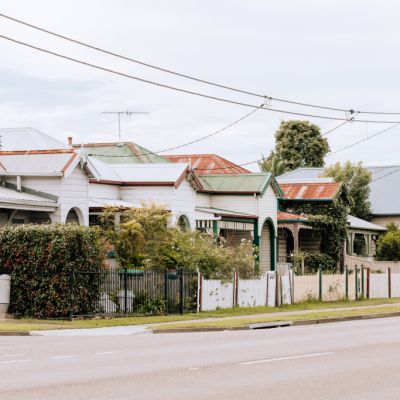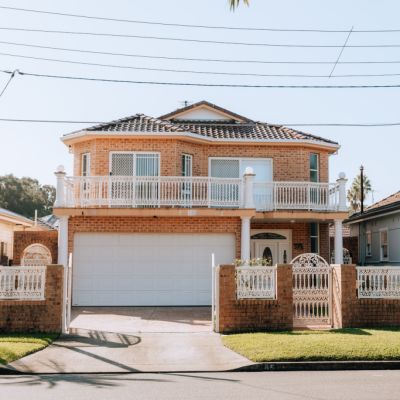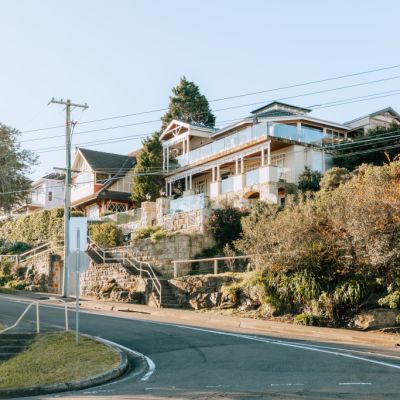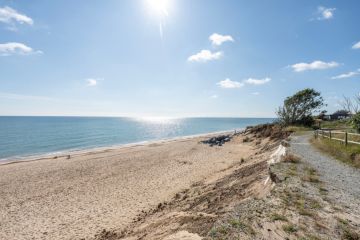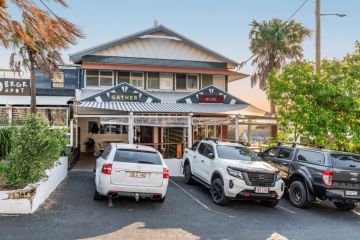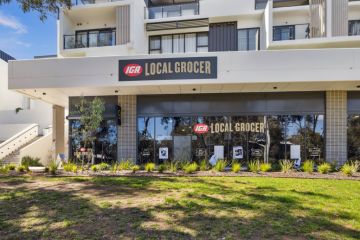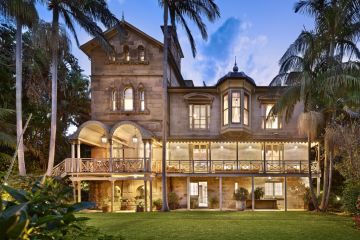July interest rate announcement: RBA raises cash rate by 50 basis points to 1.35 per cent
Interest rates have been hiked a further 50 basis points by the Reserve Bank of Australia in its third monthly rise in a row after inflation showed no signs of a significant slowdown.
The cash rate now sits at 1.35 per cent, up from 0.85 per cent, as a result of Tuesday’s July meeting of the RBA board, in a move widely predicted by the nation’s economists.
“We thought a 50-point rise was most likely with the RBA Governor Phil Lowe wanting to bring inflation back from its current 5.1 per cent into the two to three per cent band,” said Commonwealth Bank of Australia chief economist and head of global economic & markets research Stephen Halmarick.
“That’s against a global backdrop of tightening monetary policy with other countries’ central banks, like the US, New Zealand, the UK, Canada and Switzerland, raising rates, and the rest of Europe to follow.
“But while the market is saying the rate will peak at four per cent, we believe it will be lower, at 2.1 per cent. We can already see higher interest rates having an impact on consumption, with house prices softening and CBA credit and debit card spending data indicating that consumer spending is beginning to moderate.”
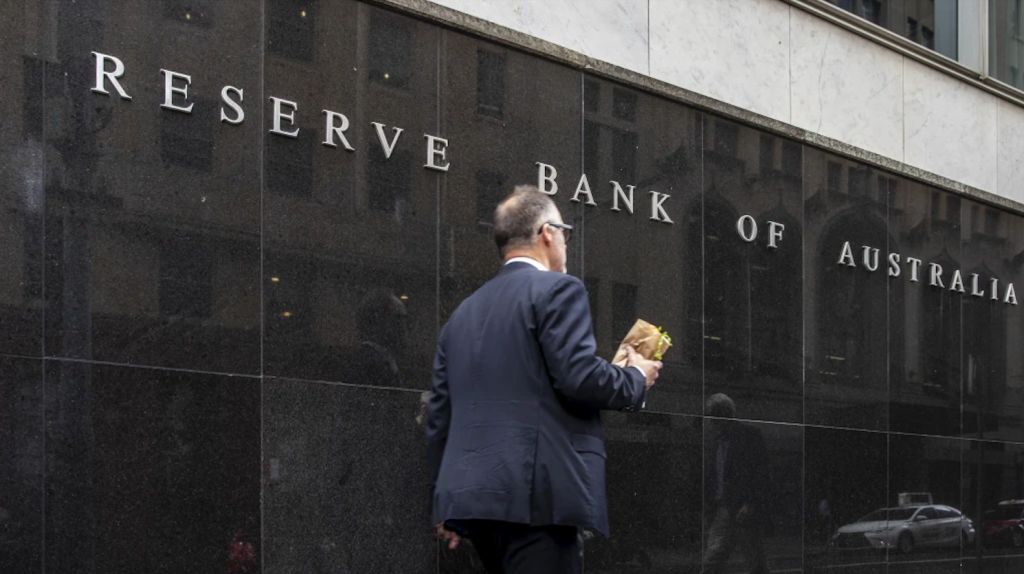
In May, the RBA raised the cash rate for the first time in nearly 12 years after slumping at the historic low of 0.1 per cent for 18 months. With the inflation rate climbing steadily to a current 5.1 per cent and looking like it’ll continue to seven per cent, Mr Lowe said it was vital to push it back down.
In a statement following Tuesday’s decision, Mr Lowe said inflation was expected to peak later this year before settling into the Bank’s target 2 to 3 per cent range next year as global supply issues ease and higher interest rates temper demand. The board again reiterated its commitment to doing bringing inflation down, flagging further potential hikes in the coming months guided by incoming data.
Mr Halmarick, however, believes the rate rises are having a bigger impact than the figures so far suggest. “We’ll see an ongoing slowdown in consumer spending and house price growth, and then a slowdown in inflation over the next months,” he said. “At the same time, while wages growth remains low at 2.4 per cent, it’s beginning to grow and will be closer to 3.5 per cent by next year.”
That will mean more pain in the short-term for families, hit by the higher cost of mortgages at the same time as rising prices in the supermarket, at the petrol pumps and in childcare centres, says Domain Home Loans chief executive Kareene Koh.
“The governor has made it clear that the Bank will do whatever it takes to get inflation down, especially as it could go up to seven per cent, but it will impact on the serviceability of particularly families’ and first home buyers’ loans,” she said. “Looking at those three successive changes as a collective, it will have a significant impact, and we’ll see an increase in mortgage stress, particularly in low-income areas.”
“I suppose the challenge is that it takes time for each rate rise to flow into the system, and we haven’t seen the full effect yet. The people on variable rate loans will be taking the hit sooner, but with a large proportion of Australians on fixed-rate loans, when they expire, the gap between what they’re paying now and what they’ll be paying in the future is growing.”
Last week, the Commonwealth Bank raised the cost of fixed-rate loans by 1.4 percentage points and the National Australia Bank by 1.1 percentage points.
“The general sentiment is of concern, and we’re hearing a lot of conversations about the uncertainty around how much further the rate will rise,” said Ms Koh. “Already, we’re seeing people cutting back on their spending, maybe buying cabbage instead of lettuce and mince instead of their usual lamb roast.”
“It’ll be interesting to see the next wage data that comes out in August, but in the meantime, there’s always the worry that there could be an over-correction in the economy, which could lead to an economic slowdown. And Australians will be the ones to suffer from that, too.”
How much a 50 basis point interest rate rise could cost you |
|
| Home loan principal | Monthly repayment increase |
| $500,000 | $142 |
| $750,000 | $213 |
| $1,000,000 | $284 |
| $2,000,000 | $567 |
Source: Domain Home Loans Repayment Calculator
The above table shows the approximate amounts monthly home loan repayments could increase if interest rates rise. Based on a 30-year principal and interest loan with an initial 3.5% interest rate, assuming lenders pass on the cash rate increase in full. Information is intended as a guide only. Fees and charges excluded.
Rising rates are rattling the housing market, too, with the number of people attending open for inspections falling, auction numbers down and the clearance rate dropping, and buyers increasingly sitting on the sidelines waiting to see how the situation unfolds.
Ray White chairman Brian White says he’s seen plenty of evidence of people panicking. “A lot of them are ‘OMG, OMG! What’s going to happen?’,” he said. “But I believe this is now an excellent time for buyers. When the market is strong, they don’t have much choice or time to work out which property they really want and to make decisions.
“But this kind of market cycle offers terrific opportunities. I bought my family home in Brisbane when the market was down, and rates were closer to 20 per cent, but it was a great buy. I wouldn’t have been able to buy it when the market was hot.
“And people have to remember that the rates are only going up by small amounts from record lows. No one ever expected interest rates to stay as low as they have been indefinitely.”
- The next RBA interest rate decision will be announced on Tuesday, August 2 at 2:30pm.
We recommend
We thought you might like
States
Capital Cities
Capital Cities - Rentals
Popular Areas
Allhomes
More

